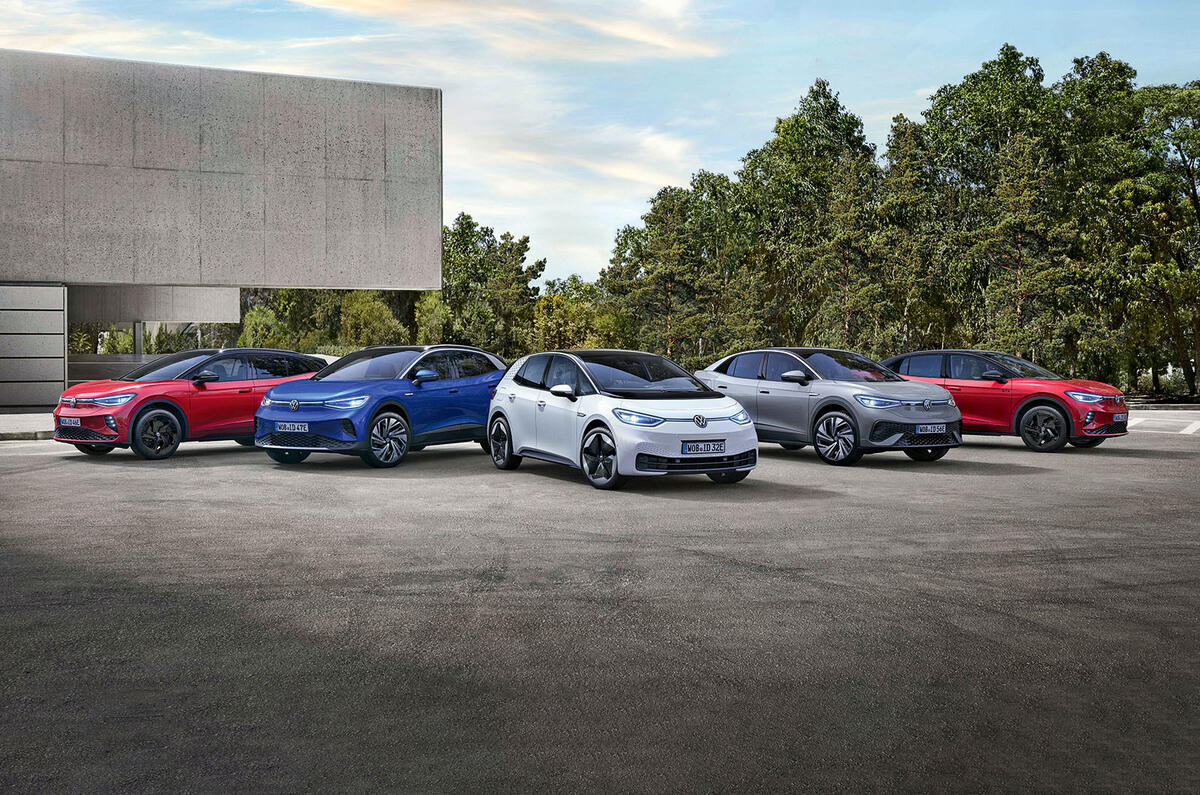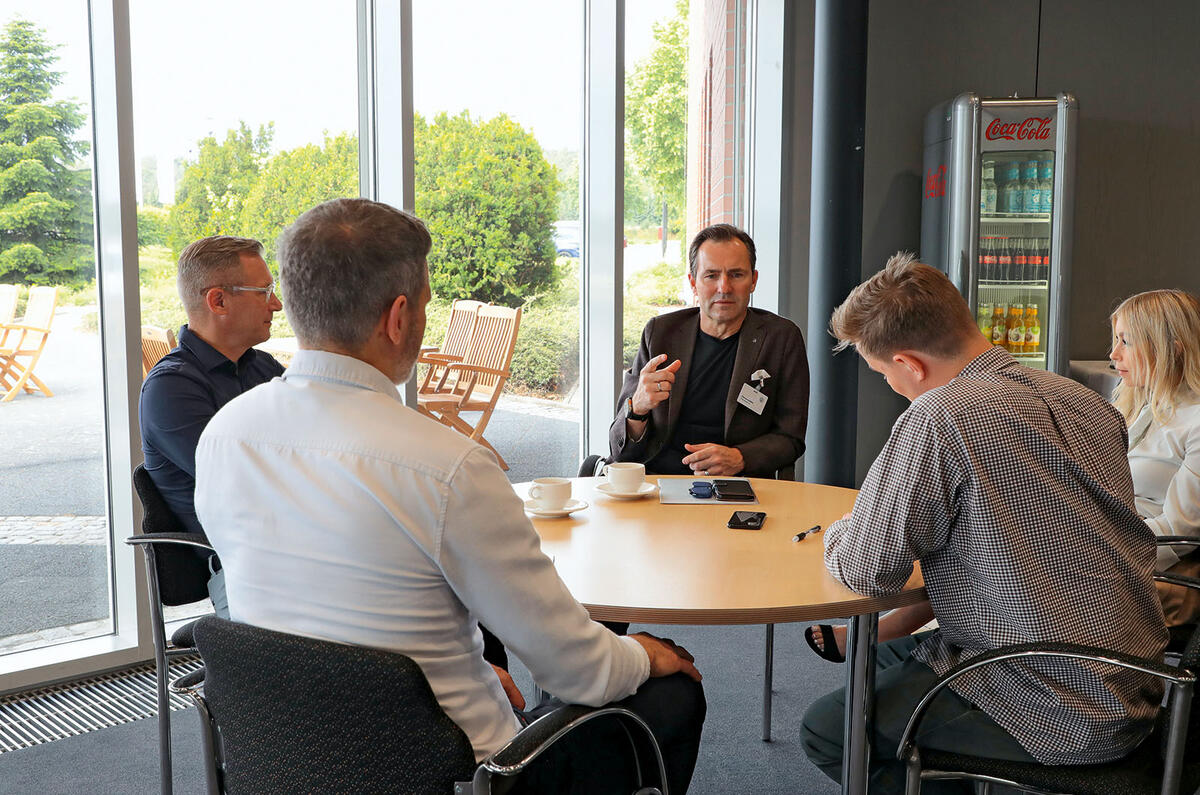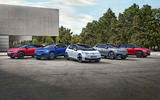A German walks into a bar in County Wicklow. Barman says: “You new in town?” The German says: “Yes, I’m Thomas, and this is my wife, Wendy, and we just moved to the stables down the road.”
The bar goes quiet. The barman rings a bell and shouts over the music: “Everyone, this is Thomas and Wendy and they’ve just moved into the stables down the road. Say hello!”

















Add your comment